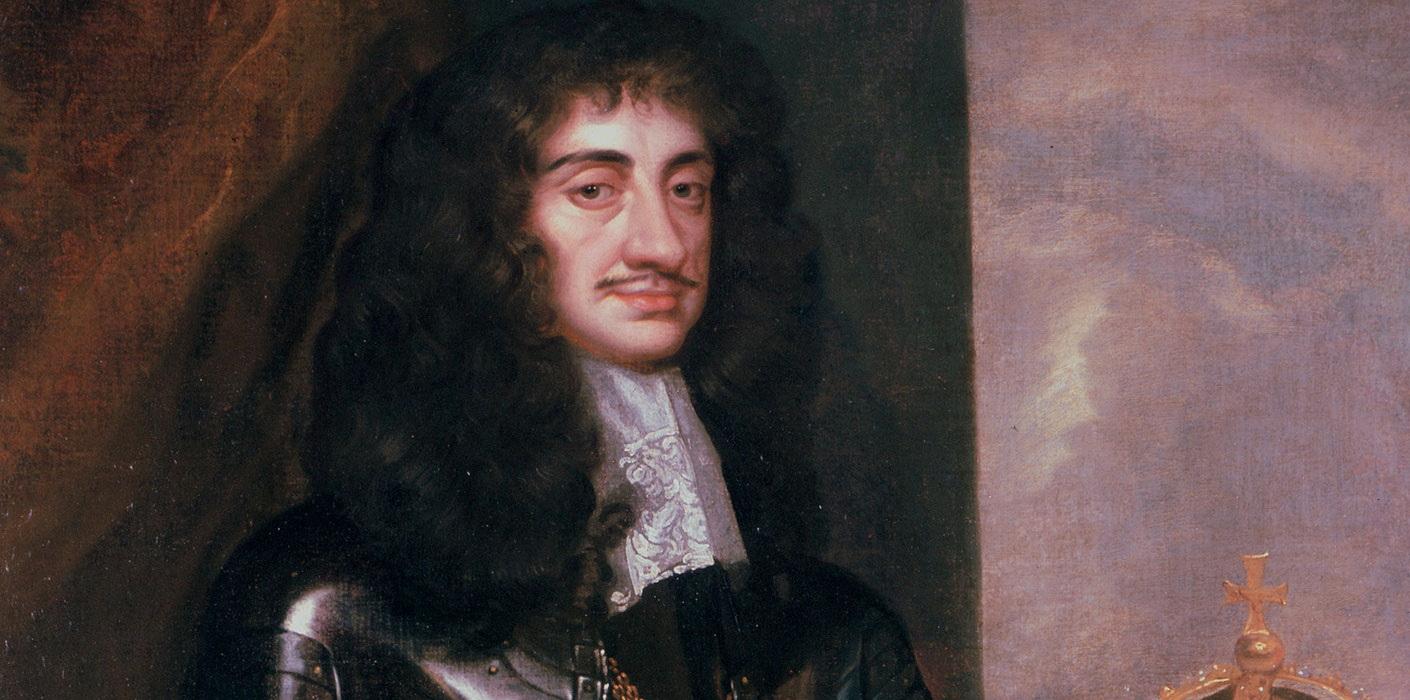Why Charles II’s Restored Monarchy Was a Disappointment
Charles II (1630-1685) was the monarch of England, Scotland, and Ireland from 27 May 1660 until his death in February 1685. He was also the ruler of all of England, Scotland, and Ireland during the Interregnum between 1649 and 1660 and again between 1660 and 1685 following the Restoration of the monarchy in 1660.
What was Restoration?
Charles and his brother, James, had grown up in exile in France. James was well-acquainted with the behavior of French society during the final years of Louis XIV’s reign; Charles had seen it all first hand. They learned to play to their audience, and that lesson served them well when they returned to England.
What were people hoping for in the Restoration?
Charles II, who was also called the Merry Monarch and the King of Pleasure, was never disappointed in that regard. But what many people wanted from him at this time was not just a return to good times but a restoration of power to Parliament. Charles soon disappointed these people, who hoped he would check the tyranny of ministers. And he angered hard-line Presbyterians, who felt their loyalty deserved better treatment than it got under Charles.
What was restored during this period?
Charles II, the son of Charles I, restored the monarchy after it was overthrown during Oliver Cromwell’s Puritan Interregnum (1649-1660). While having some liberty on paper and enjoying considerable power behind the scenes in England, Scotland, and Ireland, his restoration came at an enormous cost to many people. It led to reduced religious tolerance by way of acts such as the 1662 Act for Uniformity; there were sporadic attempts to uproot Protestant Nonconformists and Catholics alike from positions of influence; judicial power was now firmly in the hands of Anglicans appointed by Parliament. The most notable example is James Scott – later King James VII – who had been exiled to France due to his Roman Catholic faith.
The Reasons why Charles II’s restoration proved disappointing
Charles II began his reign as King of England, Scotland, and Ireland in 1660. The restoration was met with great excitement from both the people and Parliament, as it had been over 40 years since there had been an English monarch on the throne. For many supporters of Charles II, it was their first chance to see their long-awaited restoration to monarchical power. With this new king on the throne, many felt like England could now get back to its rightful place in Europe. Yet in reality, there were many reasons why the restored monarchy was ultimately disappointing.
Firstly, following England’s civil war and foreign invasion, those living under Charles II faced an economic depression that no amount of money could fix.

Hello, I’m Salman Khayam, the creator and voice behind this platform. As someone passionate about offering practical knowledge, I’ve built this blog to provide you with well-crafted content on a wide range of subjects. Whether it’s improving your well-being, staying fit, learning about nutrition, or enhancing your daily lifestyle, I’m here to share expert tips and thoughtful advice to help you grow and thrive in all areas of life.

